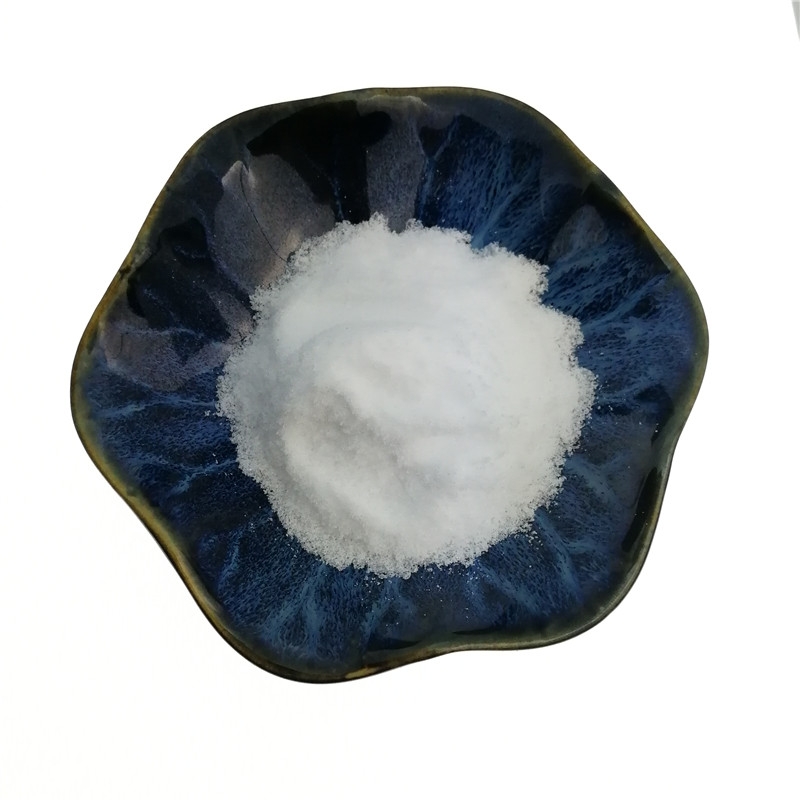-
Categories
-
Pharmaceutical Intermediates
-
Active Pharmaceutical Ingredients
-
Food Additives
- Industrial Coatings
- Agrochemicals
- Dyes and Pigments
- Surfactant
- Flavors and Fragrances
- Chemical Reagents
- Catalyst and Auxiliary
- Natural Products
- Inorganic Chemistry
-
Organic Chemistry
-
Biochemical Engineering
- Analytical Chemistry
- Cosmetic Ingredient
-
Pharmaceutical Intermediates
Promotion
ECHEMI Mall
Wholesale
Weekly Price
Exhibition
News
-
Trade Service
Image: Hard and soft foam
based on hydrophilic and hydrophobic bacteria.
of the future.
Food researchers at the University of Copenhagen have developed a fat-free prototype, a much-loved substance made from bacteria rather than milk fat, and is soft and hard
.
This concept opens up the possibility of producing alternative creams from beer brewing residues and plants, which increases sustainability
.
On a bowl of sweet summer strawberries, a steaming cup of cacao on a cold winter day, birthday cake, parties and pampering – and maybe a naughtier moment
.
Fatty, silky whipped cream is reminiscent of a myriad
of images.
But this dairy product is known to contain 38% saturated fat, so the calorie and climate issues should not be underestimated
.
So a team of researchers from the Department of Food Science at the University of Copenhagen set out to develop a low-fat, more sustainable alternative
.
Delicious whipped cream needs a variety of flavors
.
For a pie, it needs to be soft, smooth, light, and airy
.
At other times, it needs to be hard enough to keep the cake in shape for hours
.
The most special thing about whipped cream is its consistency
.
"The most difficult aspect of developing an alternative food is getting the texture right
.
Whipped cream undergoes a unique transformation in a complex system where the high saturated fat content makes it possible for whipped cream to harden
.
So how do we achieve the right consistency while avoiding high fat content? That's where we need to think creatively," explains Jens Risbo
, associate professor in the Department of Food Science.
For years, Risbo and a team of researchers have been working on using lactic acid bacteria as tiny building blocks
to make food.
Now, they have succeeded in proving their knowledge
by making a soft and hard whipped cream.
"We usually associate
bacteria with things that are away from food.
But here, we use the beneficial bacteria found in nature as the basis for
beloved foods.
This is unprecedented
.
This is advantageous because it is a renewable resource that grows in tanks, and it creates a healthier, less energy-dense, fat-free product," said
Jens Risbo, lead author of the study.
The study is now published in
the journal Food Colloids.
Lactic acid bacteria are everywhere
.
Some bacteria grow on plants, while others occur naturally in the mucous membranes of humans and animals, as well as in the
digestive tract.
In the food industry, these bacteria are used to grow yogurt and as a preservative
for cold cuts.
Here, they function in a completely new way – as components of food, they play a leading role
in it.
Dairy whipping cream is the process of whipping in which the fat balls in the cream clump together until the fluffy foam stabilizes, providing enough support not to let the liquid escape
.
This requires a lot of fat globules, which is why whipped cream has a fat content of up to 38%.
While there are many non-dairy margarines on the market, they are made from other sources of saturated fat, such as coconut or palm fat
imported from the tropics.
In addition, they contain at least 25% fat
.
Finally, their production is often complex to manage, involving a long list of E-size food additives
.
"We used only four ingredients – water, bacteria, a little milk protein and a thickener
.
With these very few raw materials, we succeeded in making a fat-free product that stirred, rises and retains liquid," explains Risborough
.
UCPH researchers used two different lactic acid bacteria to make two bacteria-based foams, both about the same size as the
fat globules in dairy whipped cream.
The different surface properties of each bacterium give the foam a different structure
.
A water-loving bacterium on the surface forms a weak web that produces a softer foam
.
The second bacterium is more similar to fat, forming a stronger network so the foam is harder and can stand on
higher, beautiful peaks.
Risbo notes that this bacteria-based foam is a proof of concept that should not be seen as a stand-alone product, but rather as a new piece of knowledge that provides deep insights
into how to create similar food structures from non-dairy sources.
"We have shown that bacteria can be used to create the right structure
.
Now that we understand the background and which surface properties are important, this opens up the possibility
of exploiting many other things in nature.
This could be yeast residue from the brewing process or small blocks
we extract from plants.
This will make the product very sustainable," concludes
Jens Risbo.







